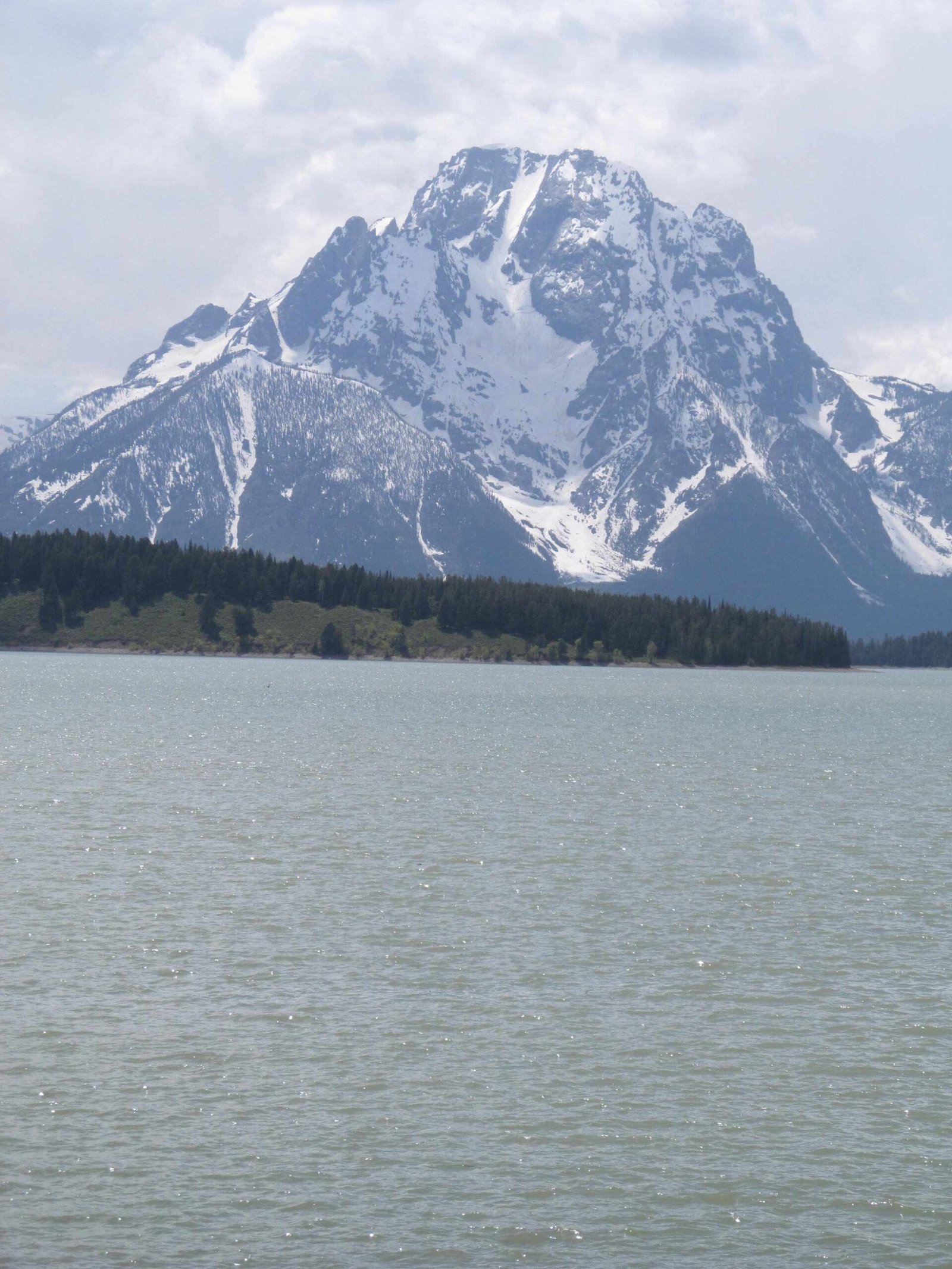Hiking Window Peak in Grand Teton National Park represents an extraordinary alpine adventure that challenges even experienced mountaineers. This remote and stunning destination offers breathtaking panoramic views of the Teton Range, requiring advanced navigation skills, physical endurance, and careful preparation. Hikers will traverse rugged terrain, navigate off-trail sections, and experience the raw beauty of Wyoming’s wilderness through a demanding yet rewarding mountain expedition.
What Makes Window Peak a Unique Hiking Destination?

Window Peak stands as a remarkable alpine challenge within Grand Teton National Park, offering hikers an unparalleled wilderness experience. Located at approximately 11,300 feet, this peak demands respect, skill, and thorough preparation.
How Difficult is the Hike?
The difficulty of hiking Window Peak can be categorized as follows:
| Difficulty Factor | Rating | Description |
|---|---|---|
| Technical Skills | High | Requires off-trail navigation |
| Physical Demand | Strenuous | Significant elevation gain |
| Navigation Complexity | Advanced | Limited trail markers |
| Required Experience | Expert | Recommended for experienced hikers |
What Routes Can Hikers Take?
Hikers have multiple approach options for reaching Window Peak:
- String Lake Route
- Start at String Lake trailhead
- Traverse Paintbrush Canyon
- Navigate to Paintbrush Divide
-
Off-trail approach to Window Peak
-
Teton Crest Trail Approach
- Begin at Phillips Bench Trailhead
- Follow Teton Crest Trail
- Deviate off-trail toward Window Peak
When is the Best Time to Hike?
The optimal hiking window for Window Peak occurs between June and September, with each month offering unique conditions:
- June: Snow potential, challenging terrain
- July-August: Peak hiking season, stable weather
- September: Cooler temperatures, potential early snowfall
What Gear Should Hikers Bring?
Essential gear for a successful Window Peak expedition includes:
- Topographic map and compass
- GPS device
- Layered clothing
- High-ankle hiking boots
- Waterproof jacket
- Emergency shelter
- First aid kit
- Sufficient water and high-energy snacks
- Bear spray
- Trekking poles
What Challenges Can Hikers Expect?
Window Peak presents several significant challenges:
- Elevation gain of approximately 3,500-4,000 feet
- Potential off-trail navigation
- Unpredictable alpine weather
- Rocky and potentially unstable terrain
- Limited rescue accessibility
How to Prepare Physically and Mentally?
Preparation involves:
- Regular cardiovascular training
- Strength conditioning, especially leg and core muscles
- Practice with navigation tools
- Altitude acclimatization
- Mental resilience training
Safety Considerations
Critical safety recommendations include:
- Check weather forecasts thoroughly
- Inform park rangers of your planned route
- Carry emergency communication device
- Travel with experienced hiking partners
- Understand basic wilderness survival skills
Wildlife and Environmental Awareness
Hikers must remain vigilant about:
- Potential bear encounters
- Respecting wildlife habitats
- Leave No Trace principles
- Minimal environmental impact
Final Thoughts

Hiking Window Peak represents more than a physical challenge—it’s a profound wilderness experience that tests personal limits while offering unparalleled natural beauty.

